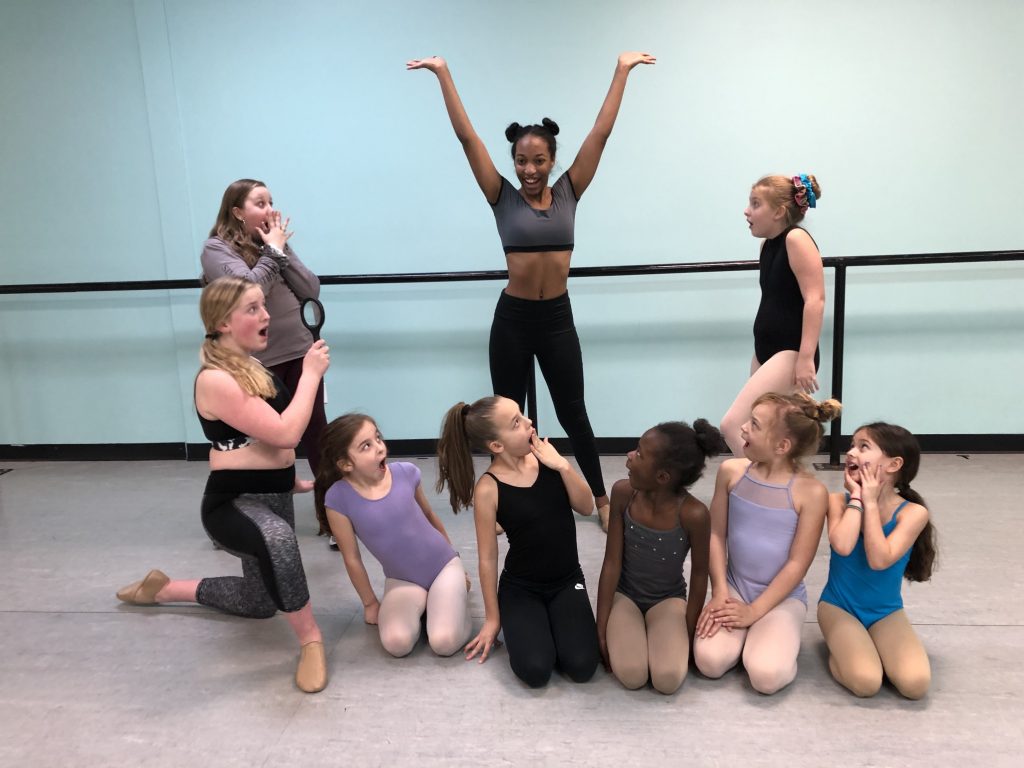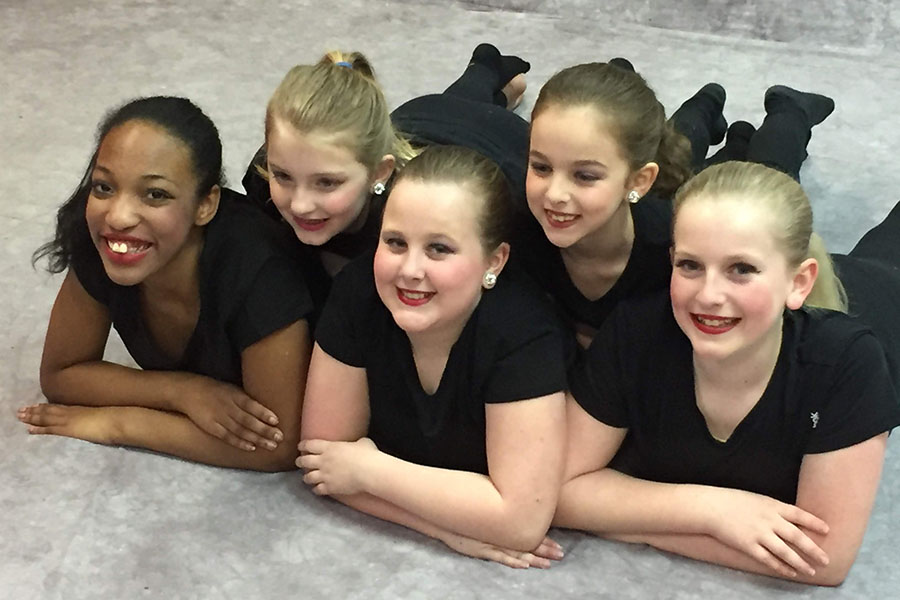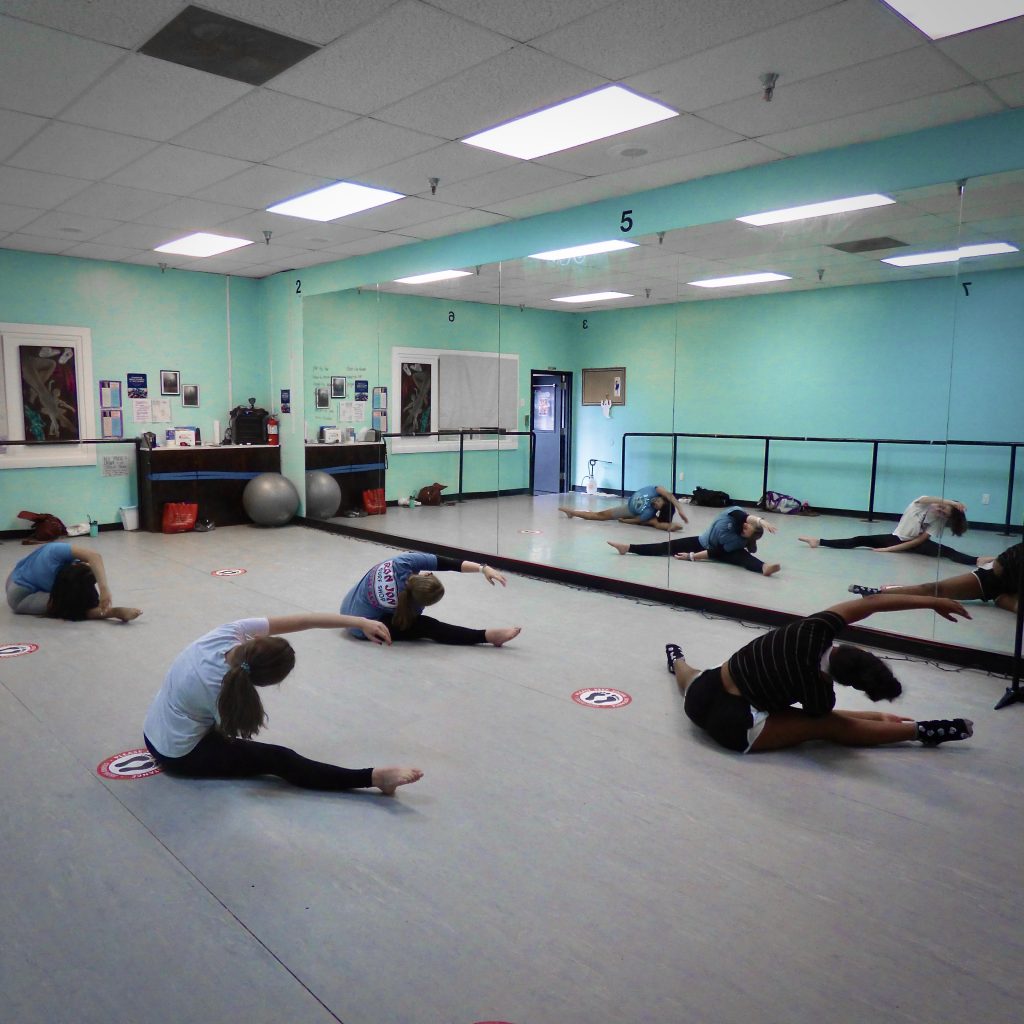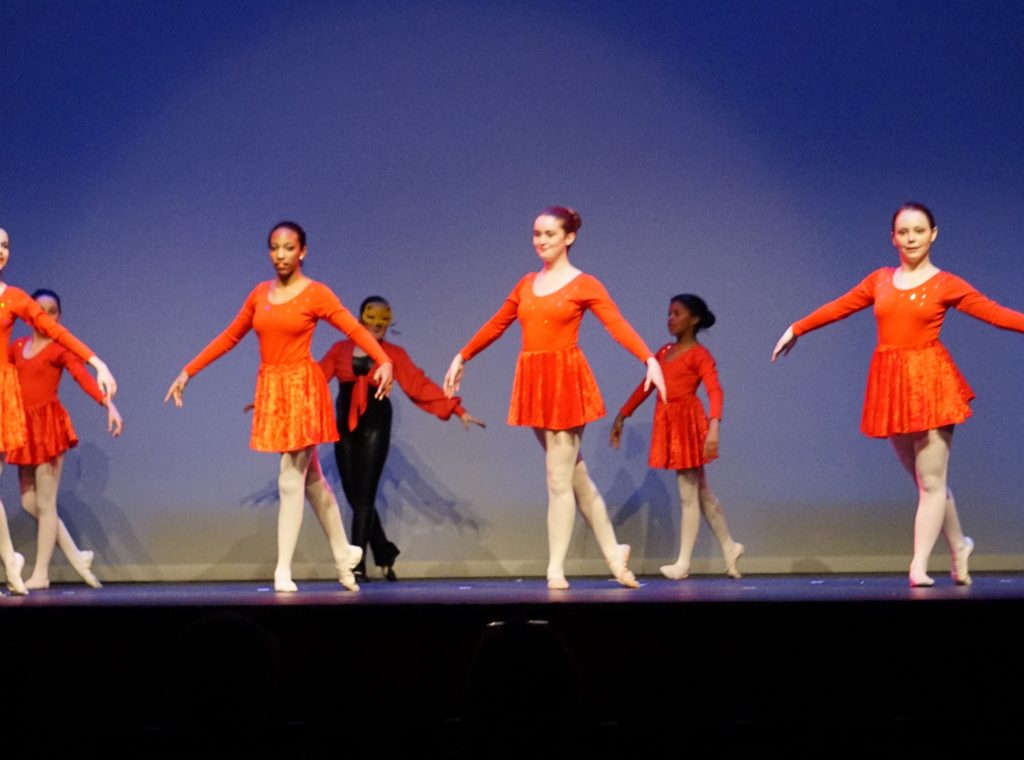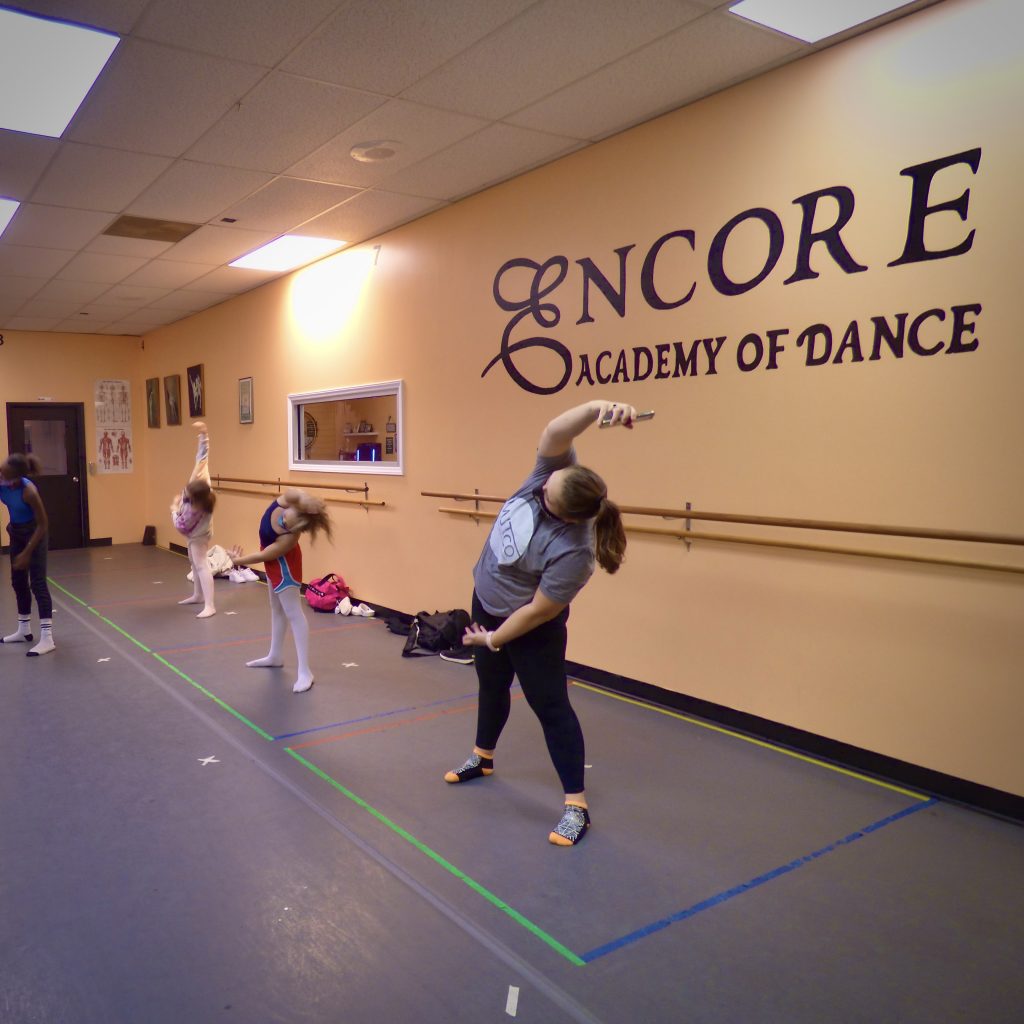There are so many benefits to dance! Here we will talk about a few of the most important benefits to taking dance class in some form or fashion during your lifetime. You are never too old to dance!
1. Physical Fitness
Dance is a physical activity that builds endurance, flexibility, and strength. In class, we learn not only how to perform the movements but also what muscles we use to make it happen. Dancers learn how to take care of their bodies from the inside out; developing both body and mind.
2. Mental Fitness
Dance, like many other physical activities, helps to reduce anxiety, depression and negative moods by improving cognitive functioning and self-esteem. Dance has also been shown to help brain function by increasing memory, boosting mental energy and creativity.
3. Confidence
Dance helps build self-confidence as dancers gain more awareness of the mind-body connection, learn proper posture, and breathing techniques. Performing frequently also helps to build self-confidence by practicing emotional flexibility. The ability to perform anywhere, for anyone, under any circumstances helps dancers’ confidence across many areas of their life.
4. Extended Family
Dance helps build another community for students to be involved in. Even if there is not much verbal talking happening during a dance class, dance is a very social activity that builds a family-like bond. Dance forms a community of positive, like-minded individuals to help a dancer grow-not only as a dancer but as a person. Many of the friends made through dance become lifelong friends.
5. Mood Booster
Dance is a natural mood booster. While you dance, your body releases endorphins, a chemical that triggers positive energy and good vibes! Dance is expressive and allows the dancer to let loose, which helps improve your mental and emotional health by reducing stress, the symptoms of depression and anxiety, and improving self-esteem.
6. Academic Advantages
Children involved in dance tend to excel in school. Dance helps to teach discipline, creativity, and focus; all of which are needed in an academic environment as well. Dance is a multi-tasking activity, which many studies have shown to improve cognitive function. Dancers also expand their vocabulary through learning dance terminology. This might include French (in the case of ballet), directional phrases, anatomy, and movement descriptors.
7. Perseverance
Dance teaches perseverance in many ways. Dancers are asked to manipulate their bodies into multiple shapes and learn many different transitions to get to those shapes. Many times, they will be challenged to get in and out of a formation on their own. Dancers gain adaptability through performing in many different spaces. They could be on a stage, grass, or pavement. They could have an acre of land, a full stage or just a room to perform in. As with the rest of the world during the past year, dance has also had it’s fair amount of change. Without missing a beat, dancers began training in online formats and outside. They performed on lawns, in garages, and even in bedrooms. Many dancers never missed any training, even with all the shutdowns.
Once a dancer, always a dancer! Dancers go on to pursue careers both related to dance and not. Because of the many benefits gained from dance, a dancer is an asset to any field they choose. Dancers also are lifelong lovers of the arts!


